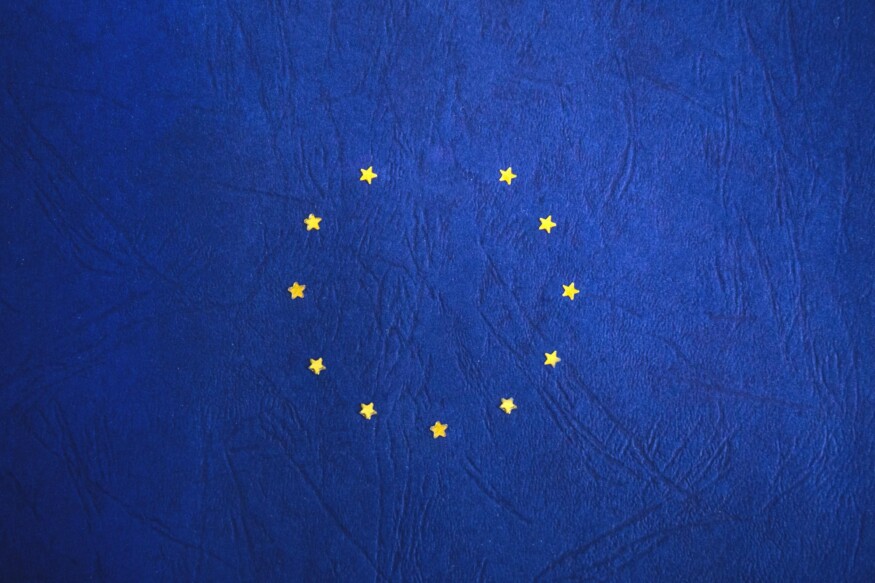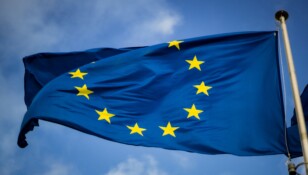Adopted on March 11, 2025, the EU package “VAT in the Digital Age” (ViDA) marks one of the most significant modernizations of European VAT law in decades. A central element is the expansion and simplification of the existing One-Stop-Shop systems (OSS / IOSS). The goal is to streamline cross-border VAT obligations, promote digital processes, and combat tax fraud.
What are the OSS and IOSS systems?
The One-Stop-Shop (OSS) allows companies to declare and remit VAT on B2C sales within the EU via a single online portal. This eliminates the need for multiple VAT registrations in each destination country – a major administrative advantage.
The Import-One-Stop-Shop (IOSS) currently covers imports of goods up to a value of €150, enabling VAT declarations and payments for all destination countries through one central system. This simplifies VAT compliance, especially for online sales from non-EU countries.
What will change with ViDA from 2027 onwards?
With ViDA, the European Commission aims to significantly expand and unify these One-Stop-Shops. The main changes will be introduced gradually from 2027:
- From January 1, 2027: The OSS will be extended to include B2C supplies of energy (gas, electricity, heating, and cooling).
- From July 1, 2028: The OSS will cover nearly all B2C services and types of supplies – including e.g. certain domestic sales and supplies by non-registered traders.
- New: OSS module for intra-EU movements of own goods. Companies will be able to report stock transfers through the OSS instead of registering in each storage country.
- Abolition of the call-off stock regime by 2029, as the new OSS scheme will render this simplification unnecessary.
- Enhanced control within the IOSS: Platforms and marketplaces will be required to provide more detailed information on sales, imports, and suppliers.
- Long-term outlook: The €150 threshold for the IOSS may be abolished as part of the EU customs reform – a change that could further simplify e-commerce transactions.
What Does This Mean for Businesses?
The expansion of OSS and IOSS will result in significantly reduced administrative burdens: one single registration, one declaration, and one payment instead of numerous national procedures.
For companies with cross-border supply chains and e-commerce activities, this brings substantial efficiency gains.
However, the transition also poses technical and organizational challenges:
ERP systems will need adjustments, accounting processes must be reviewed, and interfaces to customs and marketplace systems optimized. Increasing integration of real-time reporting systems requires clean data structures and automated workflows.
Conclusion: Early Preparation Pays Off
ViDA is a milestone on the path to a digitalized European VAT system. The expansion of OSS and IOSS will promote transparency, reduce administrative effort, and enhance harmonization across the EU – especially benefiting businesses operating EU wide.
Those who prepare early will benefit twice: from smooth implementation and a competitive advantage when the new rules take effect from 2027.







